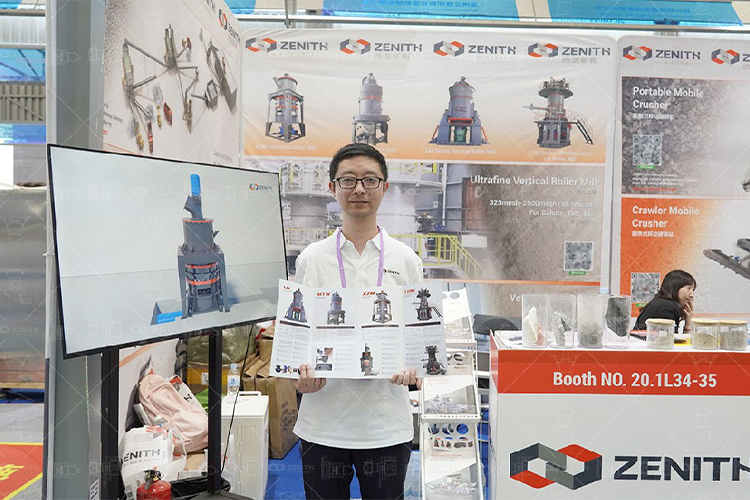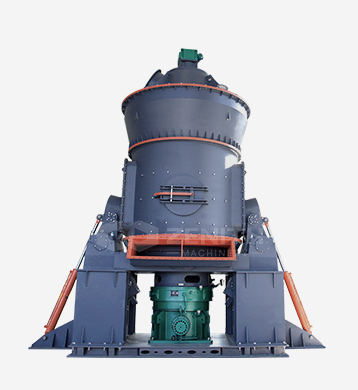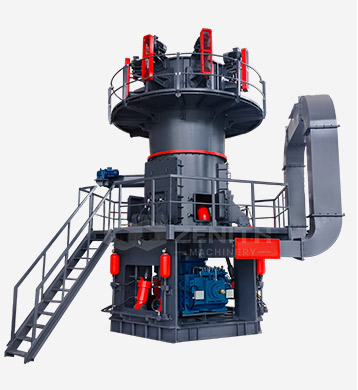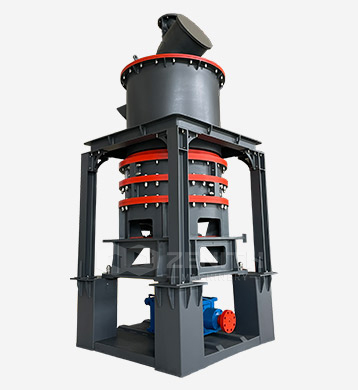Overview of Dolomite
What is Dolomite?
Dolomite, also known as dolostone, is a carbonate mineral and one of the common rocks in the earth's crust. Its crystal structure is similar to that of calcite, often taking the form of rhombohedrons, with crystal faces usually curved into a saddle shape.
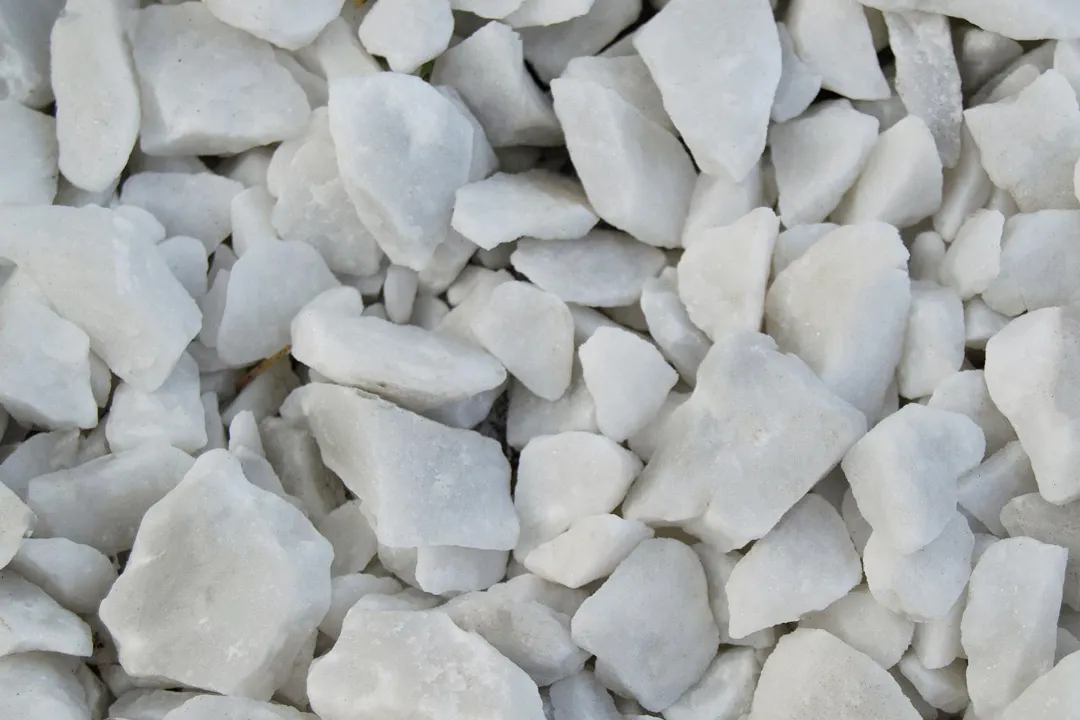
Physical and Chemical Properties of Dolomite
Dolomite possesses both physical stability and chemical activity, with its core characteristics including:
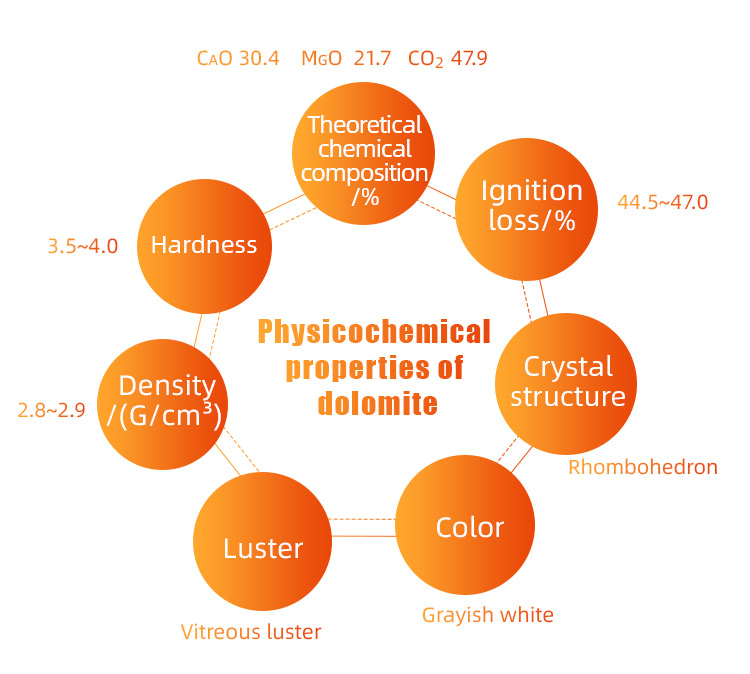
Hardness: It has a Mohs hardness of 3.5~4.0, belonging to medium hardness, which makes it easy to process and carve.
Density: Its relative density is 2.8~2.9, which is moderate, facilitating transportation and use.
Crystal structure: It occurs in rhombohedral form, and the crystals are often curved into a saddle shape. The aggregates are mostly granular or massive.
Luster: It has a glassy luster, with a smooth surface and good light reflection.
Color: It is mainly grayish-white, but may appear grayish-green, grayish-yellow, pink, or other colors due to the presence of impurities.
Classification of Dolomite
As a widely existing mineral in nature, dolomite is mainly classified based on factors such as genesis and chemical composition. According to its formation stage and composition, dolomite can be divided into several types:
Syngenetic dolostone: Dolostone formed in the early stage of sedimentary diagenesis, with uniform and dense fabric and fine grain size.
Diagenetic dolostone: Dolostone formed by the replacement of calcium carbonate by magnesium ions during diagenesis, characterized by fine-grained structure and replacement traces.
Epigenetic dolostone: Dolostone formed by the replacement of already consolidated limestone by magnesium ions, with uneven replacement structure and coarse dolomite particle size.
Applications of Dolomite
With its unique physical and chemical properties, abundant resource reserves and diverse processing methods, dolomite shows broad application prospects in various fields such as environmental protection, refractory materials, ceramics, etc.
Grinding and Deep Processing of Dolomite
The transformation of dolomite from a basic mineral to high-value-added products cannot be achieved without efficient and intelligent grinding equipment. With MTW European trapezium grinding mill and LM vertical roller mill as the core, Zenith has built a grinding ecosystem featuring "low energy consumption, high precision, and zero pollution".
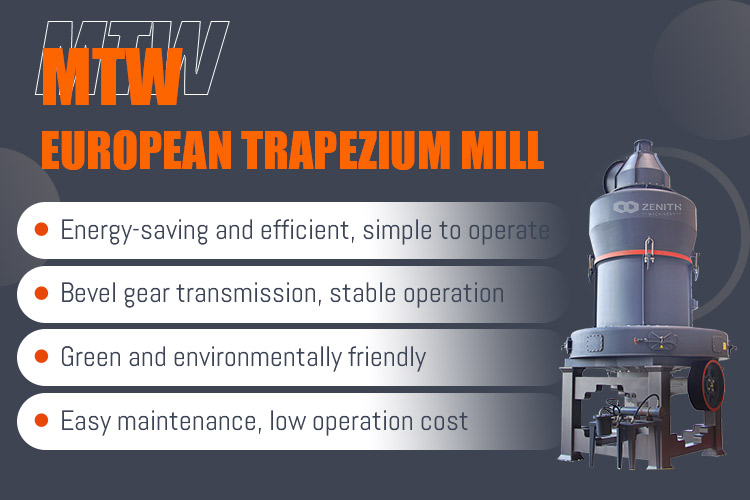
Process Flow of MTW European trapezium grinding mill
Raw materials are uniformly, quantitatively and continuously fed into the grinding chamber of the main machine for grinding via a frequency conversion belt feeder. The ground materials are sent to the powder separator by the air flow of the fan for classification. Under the action of the analyzer, materials that do not meet the fineness requirements fall into the grinding chamber for re-grinding, while qualified materials enter the cyclone powder collector through the pipeline along with the air flow for separation and collection, and are discharged through the discharge device as finished powder. The separated air flow enters the fan through the return air pipe at the upper end of the cyclone powder collector. The production system operates under negative pressure and airtight conditions, equipped with a pulse dust collector to prevent dust from overflowing, which meets national environmental protection standards.
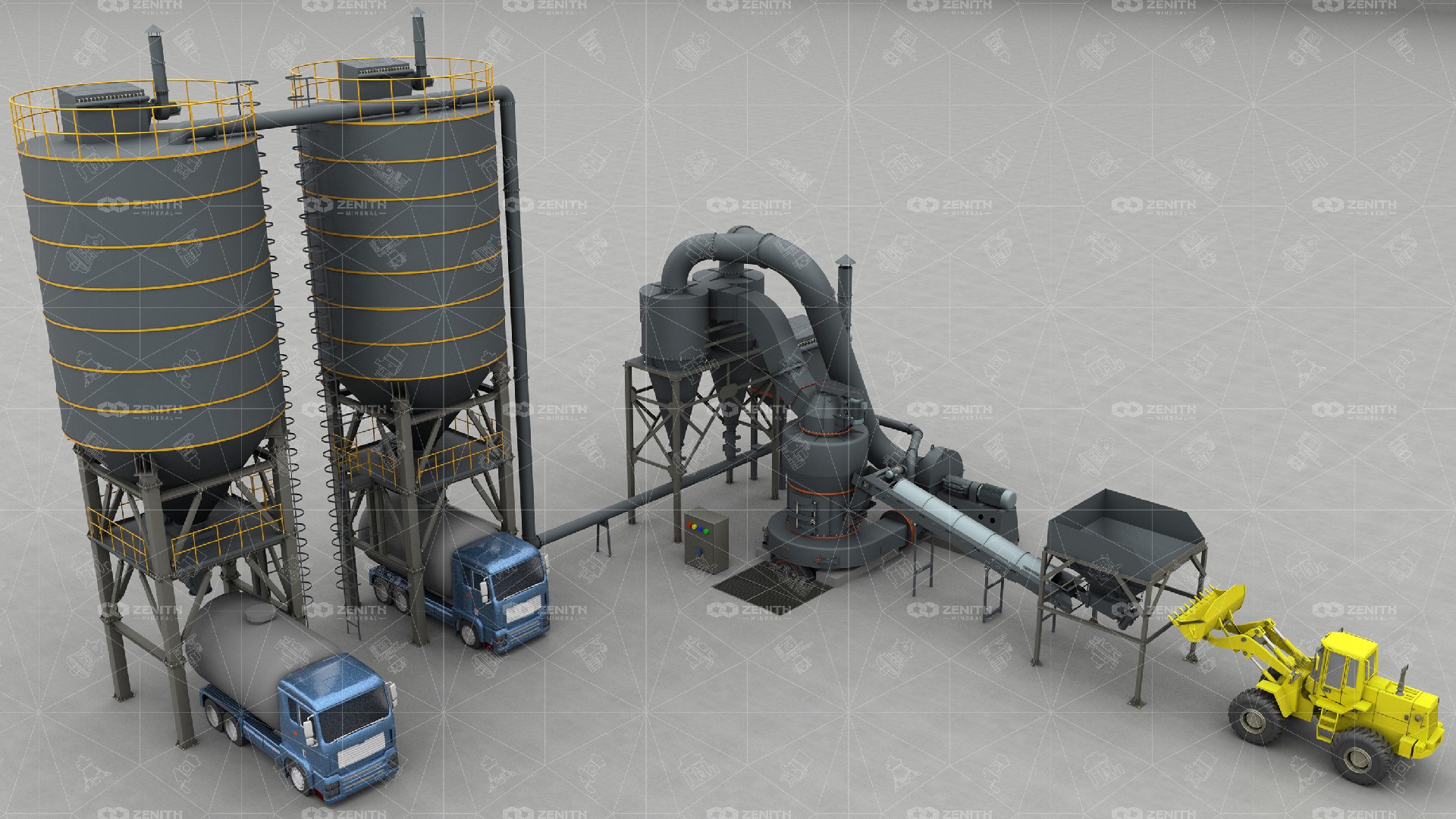
Process Flow of LM Vertical Roller Mill
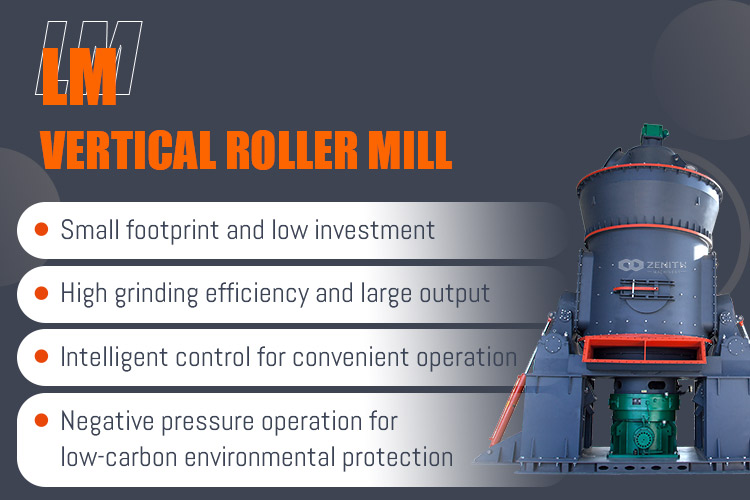
The motor drives the reducer to rotate the grinding disc. Materials are fed into the center of the grinding disc through air-locked feeding equipment, and then move to the edge of the grinding disc under the action of centrifugal force to enter the grinding roller track. Under the pressure of the grinding rollers, the materials are crushed by extrusion, grinding and shearing. At the same time, hot air is sprayed out at high speed from the air ring, blowing up the ground materials. Coarse-grained materials are blown back for re-grinding, suspended materials are dried, and fine powders enter the separator along with the hot air for classification. Qualified fine powders are discharged with the air flow and collected by dust collection equipment, while coarse powders fall back to the grinding disc under the action of the separator to be re-ground together with new materials, thus completing the grinding operation in a cyclic manner.
